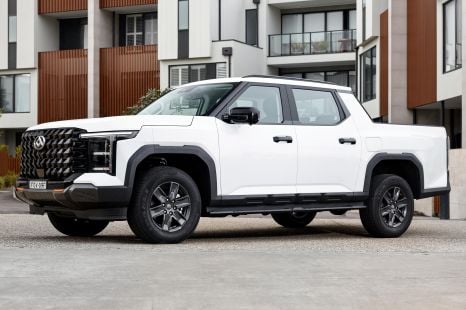

Damion Smy
2025 LDV Terron 9 review
21 Days Ago
The all-new Isuzu D-Max packs much more safety equipment than before and it's already paying off, with the ute scoring a five-star rating under tougher new ANCAP criteria.

News Editor
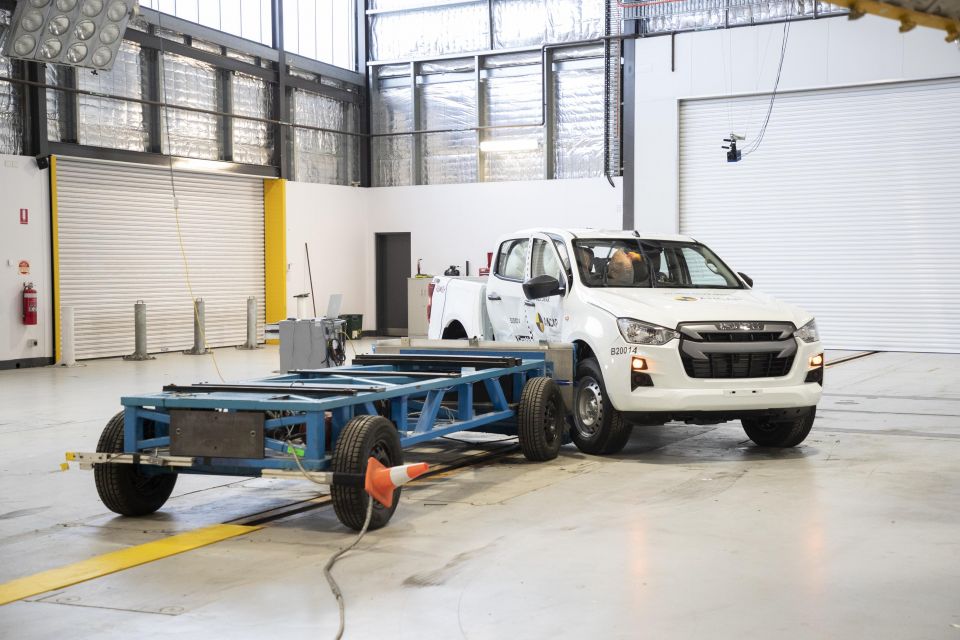

News Editor
The all-new Isuzu D-Max is the first ute to be tested against ANCAP’s tougher new criteria and score a five-star rating.
That rating was based on an adult occupant protection score of 83 per cent, a child occupant protection score of 89 per cent and a safety assist score of 81 per cent. Vulnerable road user protection testing yielded a score of 69 per cent.
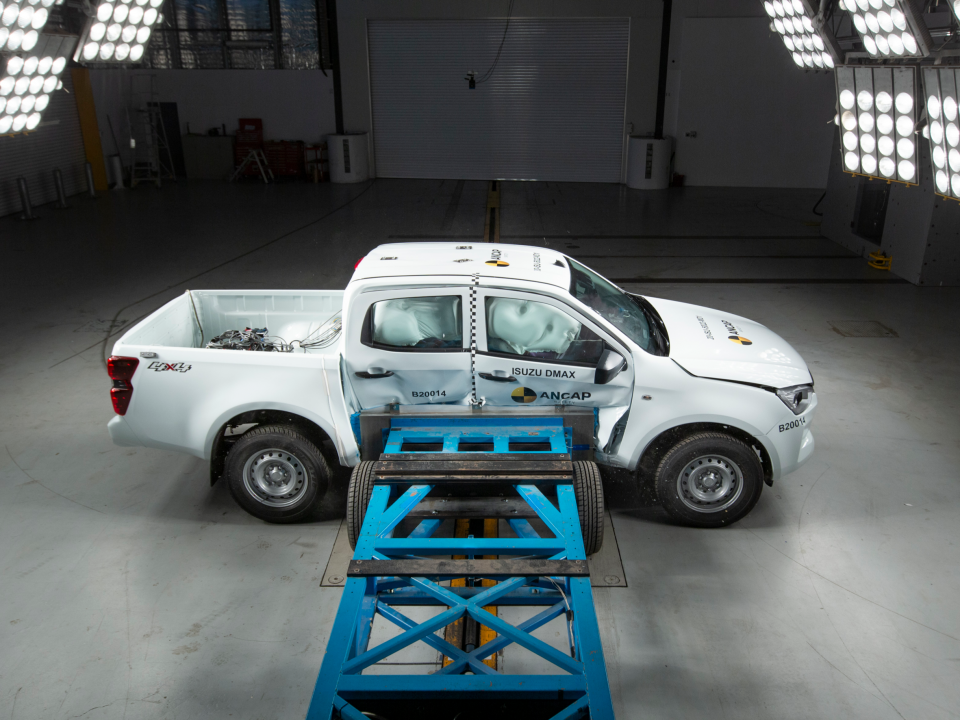

“The D-Max rating has been highly anticipated by fleet and private buyers, and re-establishes the safety benchmark for the competitive ute segment where the introduction of safety features has tended to lag that of passenger cars and SUVs,” said ANCAP director of communications and advocacy, Rhianne Robson.
ANCAP praised Isuzu for democratising safety technology across the D-Max range, with the new model also boasting the most comprehensive suite of safety technology in any ute on sale today in Australia.
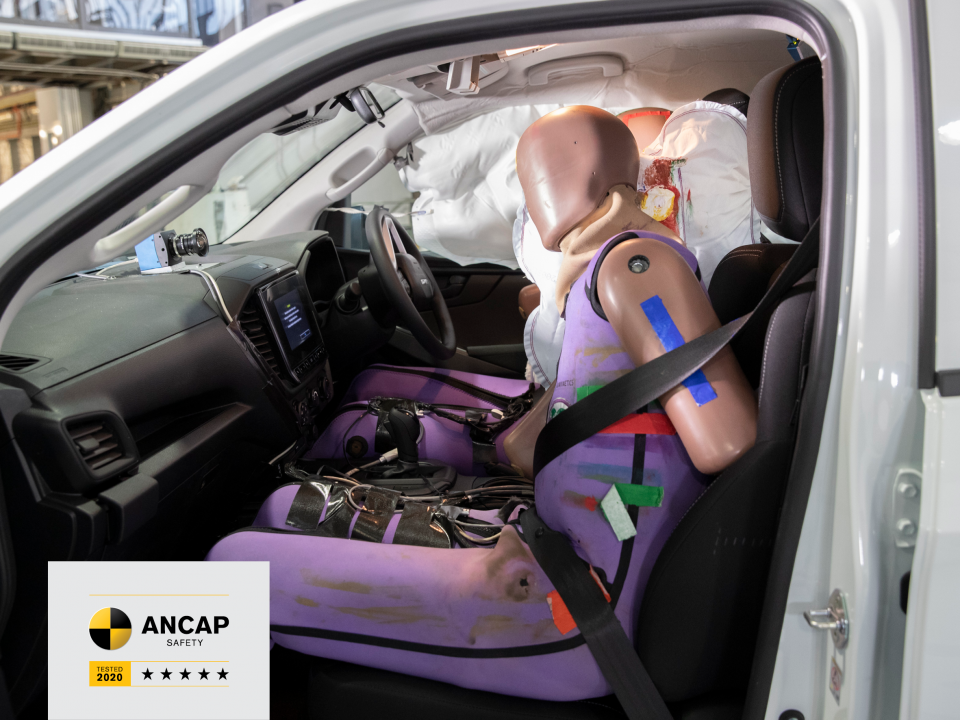
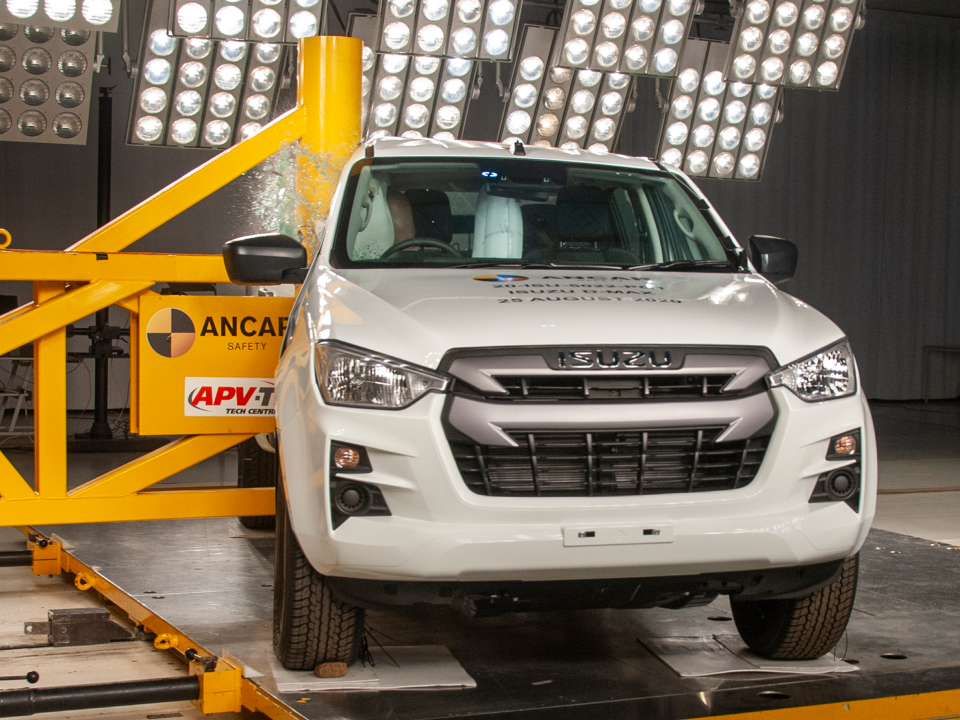
Every single D-Max model – even the base single cab-chassis – features standard autonomous emergency braking, forward-collision warning, turn assist, traffic sign recognition, lane-departure warning, lane-keeping assist, blind-spot monitoring, rear cross-traffic alert, and adaptive high-beam.
There are also eight airbags, including one between the two front occupants.
It’s a big step up from its rather agrarian predecessor, which lacked even automatic headlights let alone any active safety technology.
It’s also a cut above its competitive set, even though most of its rivals have five-star ANCAP ratings. These models have older date stamps though, reflecting testing conducted under less stringent criteria.
Rivals such the Nissan Navara and Volkswagen Amarok don’t have any active safety technology, while the better-equipped Ford Ranger and Toyota HiLux lack blind-spot monitoring.
The Mitsubishi Triton offers blind-spot monitoring and rear cross-traffic alert in its highest grades but lacks AEB in the very base model.

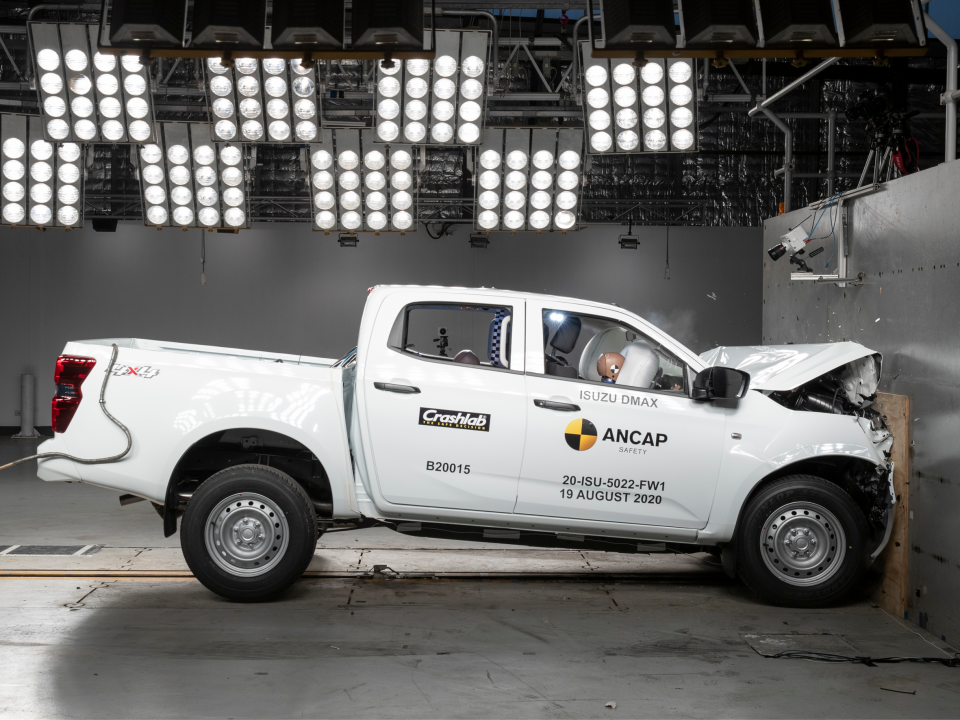
The five-star rating for the D-Max range bodes well for the new Mazda BT-50, which is based on the D-Max.
Unique to the D-Max in this segment is Turn Assist, which activates the AEB if it detects a vehicle approaching when you’re turning a corner.
ANCAP has recently resumed testing for 2020, following new criteria. Changes include the introduction of a moving, deformable barrier for the frontal crash test, replacing the old static unit, as well as higher speeds and heavier trolleys for side impact testing.
Where expert car reviews meet expert car buying – CarExpert gives you trusted advice, personalised service and real savings on your next new car.
William Stopford is an automotive journalist based in Brisbane, Australia. William is a Business/Journalism graduate from the Queensland University of Technology who loves to travel, briefly lived in the US, and has a particular interest in the American car industry.


Damion Smy
21 Days Ago


Josh Nevett
20 Days Ago
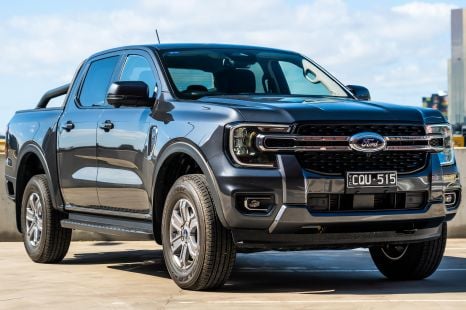

Damion Smy
20 Days Ago
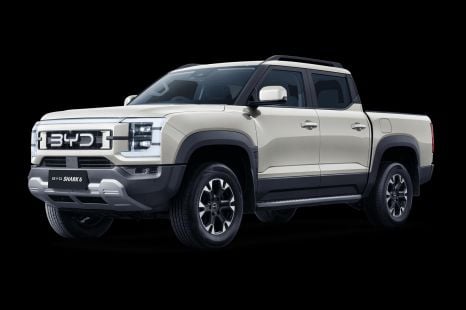

William Stopford
20 Days Ago
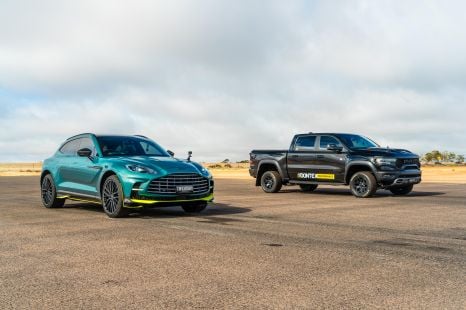

Paul Maric
20 Days Ago
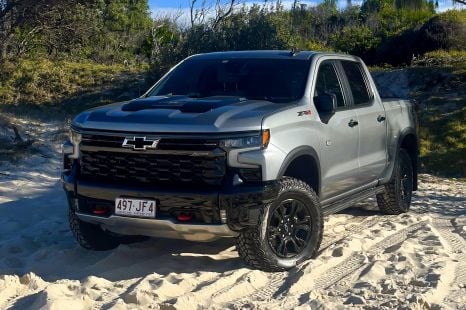

William Stopford
19 Days Ago